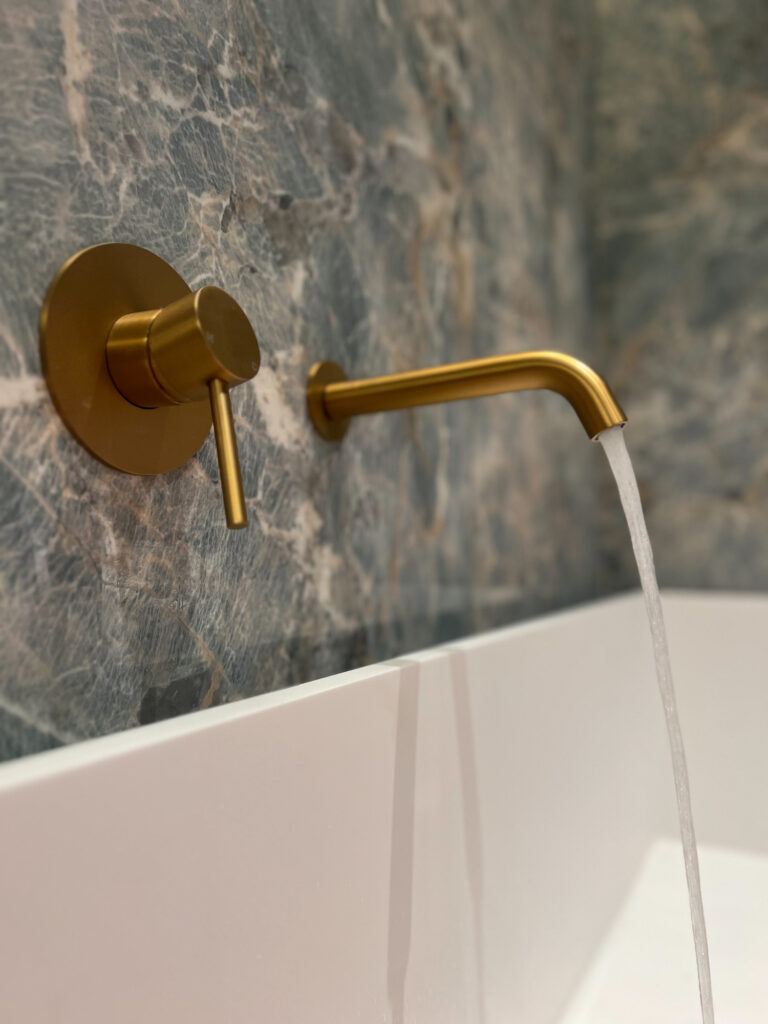Today, it is almost impossible to imagine life without a thermometer. Of course, you can find out about the temperature outside from the weather report. But how can you determine the heat level in a room, oven, drying room, or greenhouse? There is no way to do without a thermometer.

There are several types of thermometers:
- liquid
- mechanical;
- gas
- electric
- optical
Temperature is a constantly changing parameter that needs to be monitored regularly to ensure safe and optimum performance. Generally, temperature reader types are various, ranging from basic glass thermometers to high-specification thermal imaging cameras to help you manage temperature monitoring and record accurate measurements.
5 Types Of Thermometers And Their Function
Liquid Thermometers
The operation of such a device is based on the impact of the liquid expanding or contracting during the process of filling the bulb, which causes the volume of the liquid to change as the temperature of the liquid itself varies. In most cases, it is filled with mercury or alcohol, both of which have the ability to delicately react to even the slightest variation in temperature outside.
In most cases, mercury thermometers are utilized in the field of medicine; however, in the field of meteorology, they are filled with alcohol due to the fact that a mercury column can crystallize as early as -38C.
Mechanical Thermometers
These kinds of devices also operate according to the principle of expansion as the basis for their operation. The expansion of the bimetallic tape or metal spiral, on the other hand, is calculated with its assistance in order to ascertain the temperature.
In addition to their great accuracy and reliability, these thermometers are also known for their user-friendliness.
On the other hand, while they are utilized in automated systems, they are not utilized as a separate and independent model.
Gas Thermometers
A gas-type temperature meter works on the same principle as a liquid device. As a working substance in it, some inert gas is used.
The advantage of this device is that it can measure temperatures approaching absolute zero, and its measurement range ranges from -271 to +1000 degrees. It is a rather sophisticated device that is rarely involved in laboratory measurements.
Electrical Thermometers
The work of such a measuring device is associated with the dependence of the resistance of the used conductor on temperature. It is known that the resistance of any metals depends linearly on their heat level. More accurate measurements are possible if semiconductors replace metal conductors. However, semiconductors are practically not used in such devices because the dependence between the characteristics of the semiconductor and the heat level cannot be expressed linearly, and it is almost impossible to calibrate the instrument scale.
The conductor is usually copper, which shows temperature changes from -50 to +180 degrees Celsius. If you take another working metal, such as platinum, its temperature range will significantly expand from -200 to +750 degrees. Such electric heat sensors are used in laboratories, experimental benches, or production.
Optical Thermometers
Optical devices or pyrometers allow you to know the temperature by the level of the luminosity of the body, analyzing its spectrum and some other parameters. It is a non-contact device capable of measuring, and with an accuracy of several degrees, the heat level in the widest range – from 100 to 3000 degrees. Most often in practice, we meet with infrared household thermometers. Such thermometers are very convenient because they allow you to safely, quickly, and accurately determine the temperature of the human body.
There are other, more complex temperature meters, for example, fiber-optic or thermoelectric. These susceptible devices give the most accurate measurement results with virtually no error.

